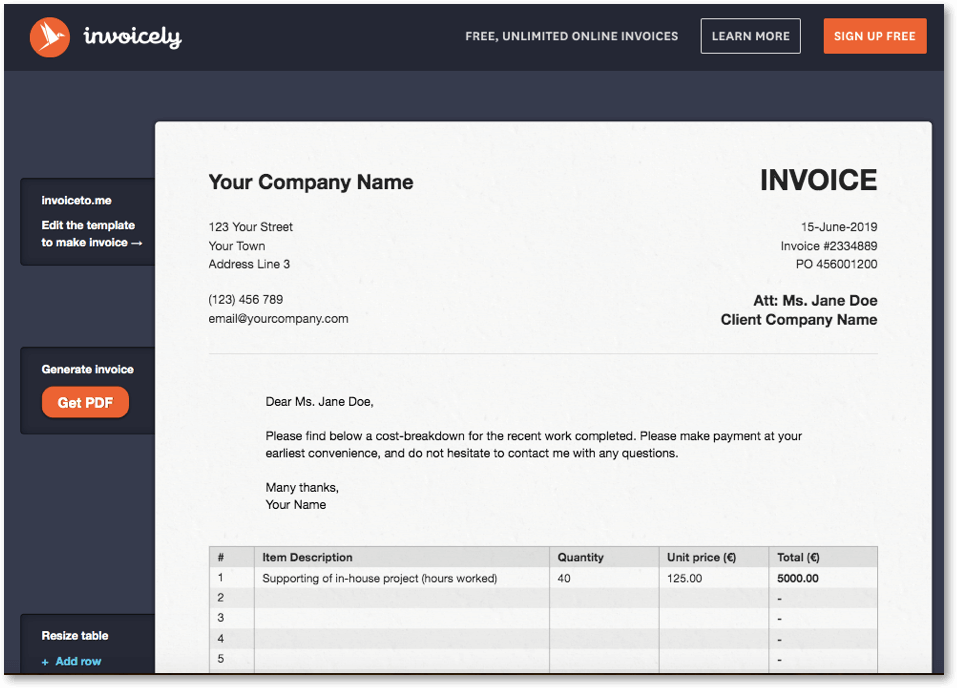


In a follow-up, we found that four of the five groups were still active – and had nearly 70,000 members. These groups are designed to generate incentivised positive reviews for Amazon product purchases. In our 2018 investigation into fake reviews, we went undercover and found Facebook Groups with tens of thousands of members. In response to the findings, Amazon said that any attempt to manipulate customer reviews is strictly prohibited, and that it invests significant resources to protect the integrity of its reviews. It’s not uncommon for product listings of this type to end up with hundreds of reviews, making it difficult to spot rogue reviews without scrolling through multiple pages. Amazon states that the date the laptop was first available was 3 June 2019, and it seems likely that these additional references were merged onto the product from another listing. On 14 June, the same Jumper laptop referenced above accumulated around 200 additional reviews, most of which were from 2017. We found a smartwatch with 938 reviews dating back to 2011, despite being first listed for sale in January 2019. Often the reviews will be for a completely different product – we’ve uncovered soap dispenser and phone screen cover reviews on headphones. In some cases the merged reviews will even have been dated before the product appears to have gone on sale. We found examples of sellers merging dormant or unavailable products with new or existing product listings as a way to transfer positive reviews from one to another. Variation abuse isn’t the only way unscrupulous sellers are manipulating product ID codes to generate positive reviews. Amazon has clearly woken up to the issue of fake reviews, but it feels a bit like a game of whack-a-mole when it comes to staying on top of the larger issue. But by 8 June, three new five-star reviews had appeared – all with equally bizarre variation names. Amazon removed the reviews without being prompted. In another case, a Jumper laptop featured 49 spurious variations among its 65 reviews, all of them uploaded in a single day. It’s wrong, but quite clever in a way.’Ī pair of SDFLAYER headphones, which topped the headphones searching listings on 1 June, had 40 seemingly meaningless colour variations, and a steady stream of about 17 five-star reviews a day. Shah said that he believed sellers were creating spurious variations to get around Amazon’s defences, adding: ‘When you use different variations, each is using a different ASIN so Amazon won’t flag a warning. A pop-up appears from Amazon saying you can no longer review the product,’ said Prabhat Shah, from Online Seller UK, a Manchester-based Amazon Training provider.

‘If multiple people review the same product in a short space of time, that can flag a warning. Sellers can do this in order to flood their products with fake reviews through Amazon’s back door. In one case we found five-star reviews from the same Amazon profile left across one hundred variations of a product. Legitimate sellers use variations to group different sizes of the same coat or different colours of the same mug under a single product ID or ASIN – Amazon Standard Identification Number, ultimately making your Amazon shopping a smoother experience.īut scammers have found a loophole, and are using the feature to create dozens, or in some cases hundreds, of spurious product variations, called things like ‘Black1/Black2/Black3’. One seller tactic to boost positive reviews and remain undetected is product variation misuse. Amazon customers whose user accounts have been hacked and used to publish thousands of fake reviews.Facebook review groups are ‘back’: tens of thousands populate a Facebook community of incentivised reviewers, posting hundreds of products per hour.Old products whose positive reviews were being used to promote new, unrelated products.

Products with hundreds of ‘variations’, being used to create large numbers of positive reviews.Unscrupulous sellers are using a range of tactics to evade detection on Amazon and mislead shoppers with fake reviews, a Which? investigation has revealed.Īfter analysing thousands of reviews across hundreds of products, evidence emerged of exactly how Amazon sellers have found intricate ways to ‘game’ the system.


 0 kommentar(er)
0 kommentar(er)
